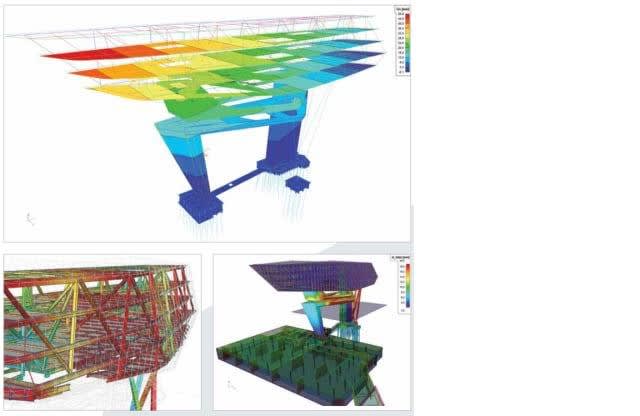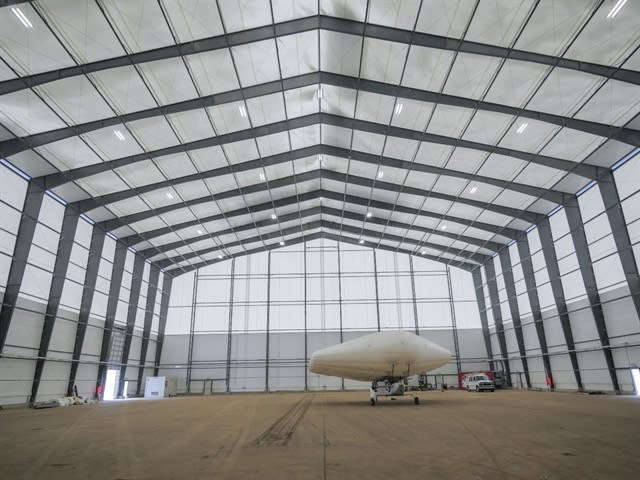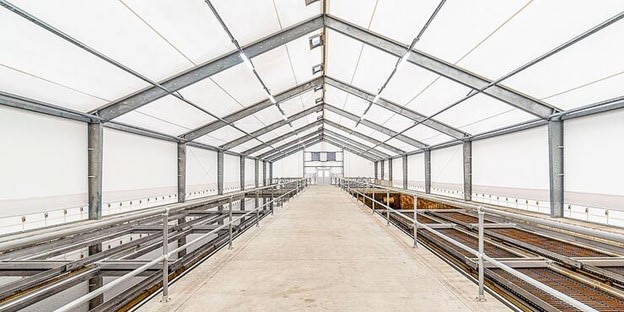hyari
Mechanical
- Dec 25, 2014
- 27
Hi , we are working with one client on Butterfly fly valves specification for TSE ( Treated sewage effluent ) and Water treatment plant the body is ductile iron but the problem is the disc material is stainless steel which is dose not make seance for us !!
kindly share your opinion about it from engineering point if view
regards
Ahmad
kindly share your opinion about it from engineering point if view
regards
Ahmad




